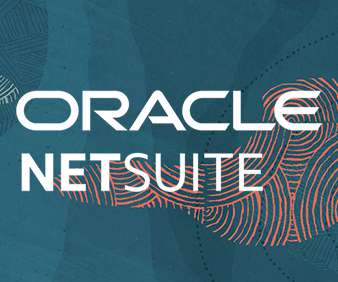The Latest Digital Marketing Trends in Retail Industry That Drive Sales and Engage Shoppers
RETAIL MANAGEMENT SOFTWARE
MAY 24, 2022
Since the pandemic, many retailers have adopted new technologies to communicate with customers through new channels, offer new delivery and pickup options, and highlight free cancellation policies or automated refund systems to give your customers an added sense of security. First-Party Data Marketing Is The New Norm.












Let's personalize your content